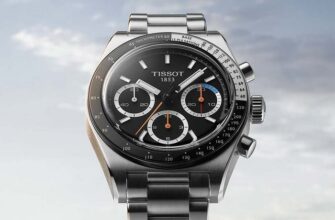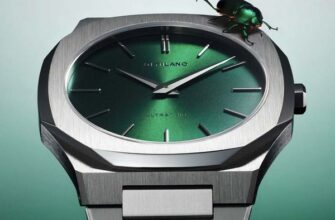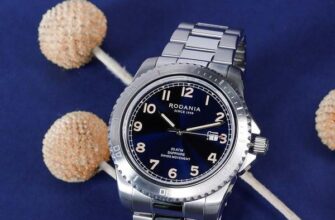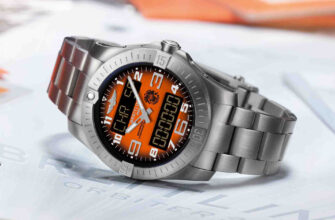For earthlings - not only people, but all living organisms without exception, and inanimate objects too - there are two main celestial bodies, these are the Sun and the Moon. They define what our planet is like. And it is them that we can observe without any devices and devices, just with our eyes. And we have been watching since time immemorial. And we know that the Moon affects a lot - the ebb and flow of the sea, physiological and psychological phenomena, etc. And the periodic change of lunar phases was for our distant ancestors the only means of building calendars, which are so important for ordering people's lives, from planning agricultural work to conducting religious rites.
Subsequently, it turned out that the lunar calendar does not very well "fit" with the solar calendar, which just determines the most important thing for us - the change of seasons. The lunar month lasts on average 29,53059 days, and 12 lunar months - 354,36708, almost 11 days shorter than the solar year. Nevertheless, in many countries (mainly Islamic), the days and months are still counted by the phases of the moon, and for "alignment" they add an additional lunar month to some lunar years. This type of calendar is called lunisolar.
Nowadays, accurate tracking of the phases and age of the moon (the latter is measured, of course, in days) is of practical importance only for very special types of activities: coastal fishing and surfing (ebb and flow), partly for psychologists, as well as for parapsychologists, astrologers, occultists ... But also for poets! And in general, for romantics! After all, the Moon is a symbol of femininity and abundance, death and rebirth, love and sadness ... and much, much more.
And it is not at all surprising that the Moon attracts the attention of watchmakers and those who wear these watches. The display on the dial of a planet that disappears in the new moon, reappears, grows, manifests itself in fullness in the full moon and again wanes, and so on endlessly - perhaps the most poetic of all the numerous watch complications.
The earliest surviving mention of a mechanical watch with moon phase indication speaks of the creation of the Italian scientist Giovanni de Dondi. Made in the XIV century, the clock itself (interior) has not survived, the model, made according to the description, is kept in the Leonardo da Vinci Museum in Milan. But in our century wristwatches with this function are innumerable. Many of them have every right to be called highly artistic: the image of a satellite of our planet is decorated with a picturesque miniature, they make it three-dimensional, they give the face of the Moon the features of a person or a fabulous creature, they are made of valuable, sometimes exotic materials, etc. etc. But even relatively simple implementations of the moon phase indicator are invariably interesting.
Let's consider several such models.

Carl von Zeyten, model Murg
The watch of the German mark, working on a self-winding mechanism, has its name for a reason: Murg means "monk" in German, namely in medieval monasteries they kept a scrupulous count of time and observed the movement of heavenly bodies. The model can be considered a classic watch with a moon phase indication and a date indicator (in this case, an arrow), and its avant-garde character consists in the presence of two balance-spiral nodes at once (for the sake of greater accuracy), which are also open for viewing. Steel, 45 mm - purely men's watch.
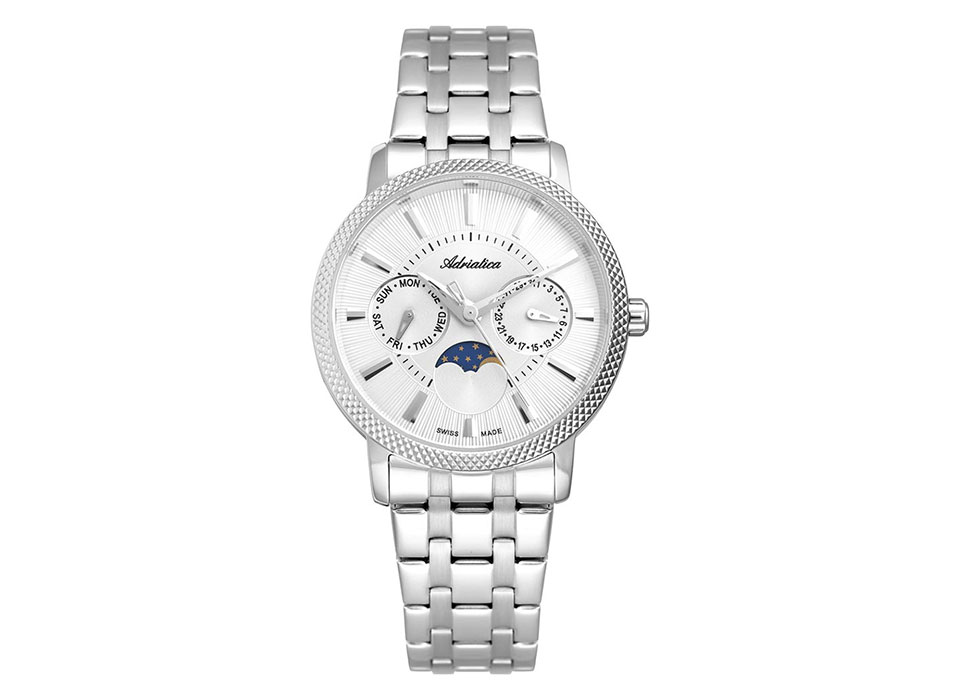
Adriatica, model Moonphase for her
To some extent, the opposite of the previous model: the female model (which is emphasized by the name - "Moon phases for Her"), 35 mm in diameter, an elegant bezel, a cabochon at the end of the crown. The mechanism, as well as the watch as a whole, is Swiss, the indication is arrow - not only the date, but also the day of the week. The steel bracelet somewhat balances the overall femininity of the model.
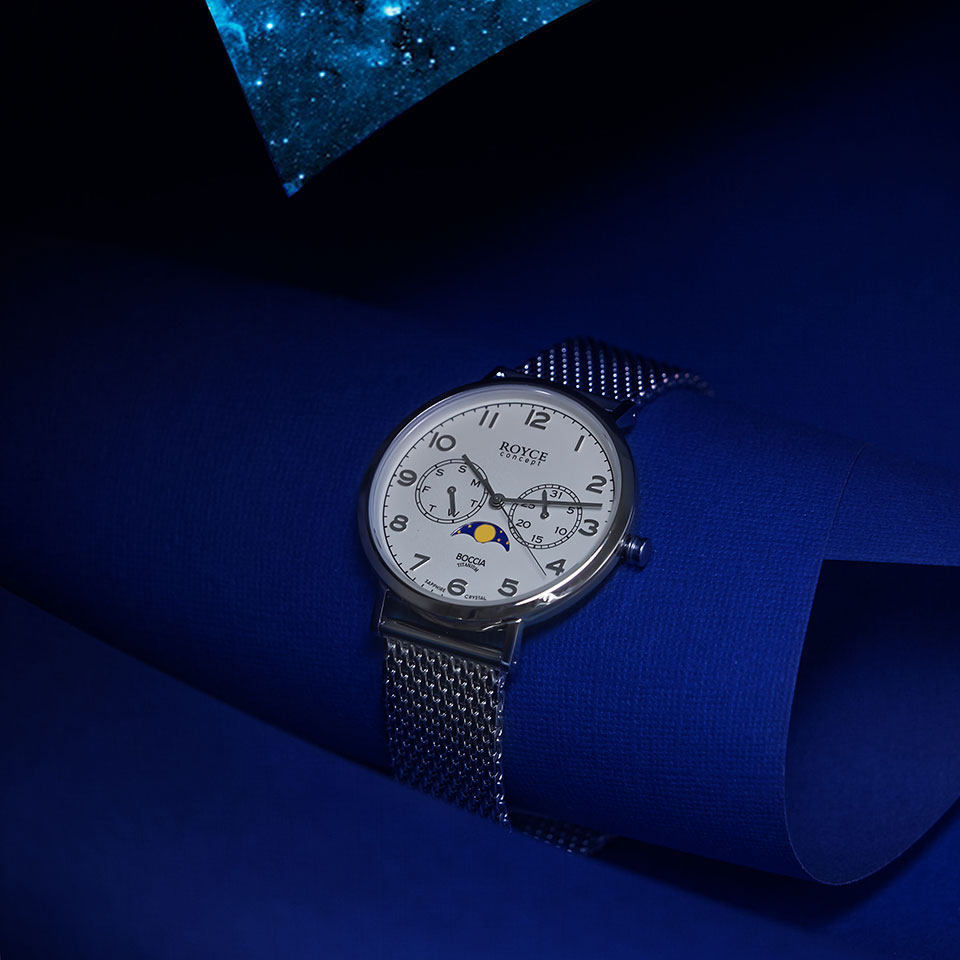
Boccia Titanium, Model Royce
The German company makes watches only from titanium, light and durable! In terms of configuration, the model is identical to the previous one: also the date and day of the week, also arrow. Also on quartz. But the style is more laconic. The Milanese bracelet is beautiful and comfortable, the size of the case (38 mm) allows the watch to be classified as unisex.

Seiko, model from the Premier collection
And here is pure high classics, only with Japanese characteristics. Outwardly, everything is traditional: noble silver design, steel (42,5 mm), sapphire crystal, moon phases complement the calendar (date, day of the week, 24-hour scale for better understanding - day or night) ... "? And this is just their exclusive feature - the power reserve indicator, also known as the battery charge!
The model uses the unique Seiko Kinetic Drive technology: the self-winding rotor supplies energy not to the spring, but to a micro generator, which transfers this energy to the battery. A hybrid of mechanics and quartz has a power reserve of up to one month! And the accuracy of the course is quartz, i.e. the highest. All together - a kind of perfection.
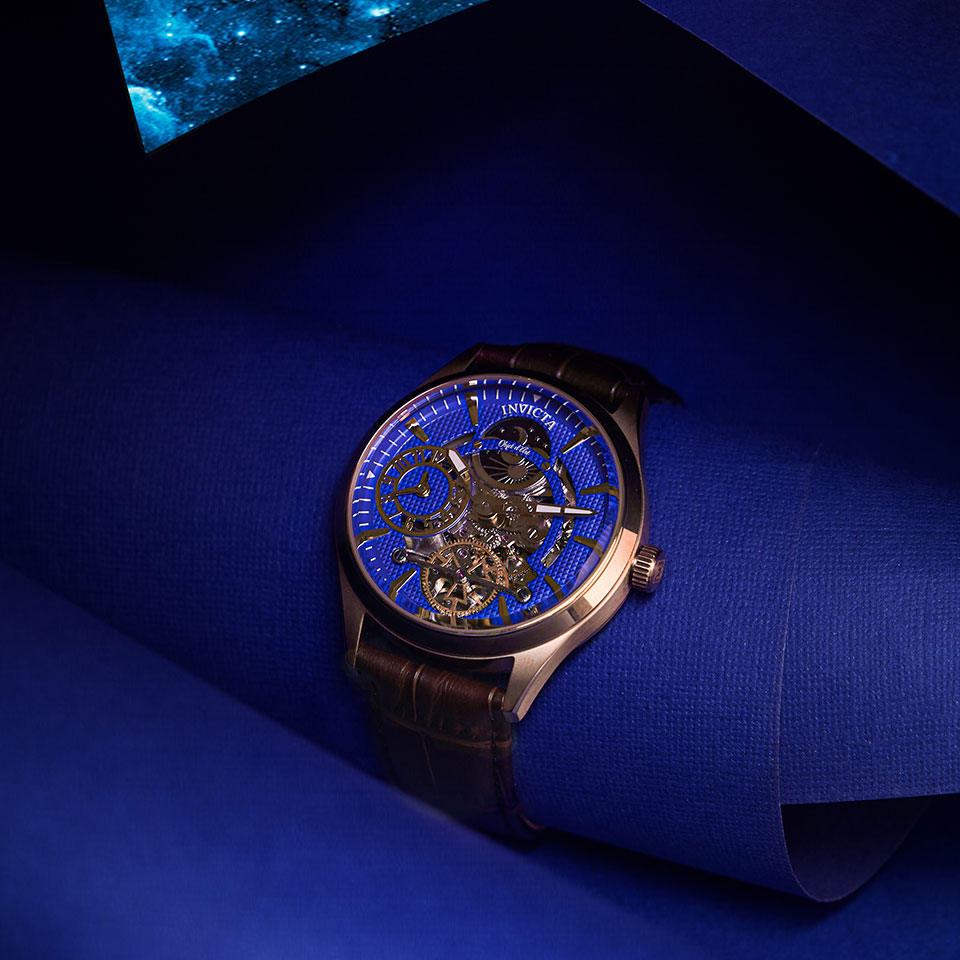
A lunar calendar is often confused with a day-night indicator. Consider this complication using the example of the following model
Invicta, model Objet d'Art
It is difficult to call it a classic, with the exception of only the mechanical "engine" with automatic winding. In all other respects - a real avant-garde, justifying its name ("Object of Art") and intended for men, and obviously for young, energetic men!
Brutal dimensions (43 mm), bright colors, skeletonization, allowing you to observe the heartbeat of the watch, and even non-standard equipment: subdials of the day / night indicator and the second time zone. Steel, gilding, leather, branded dial illumination.

